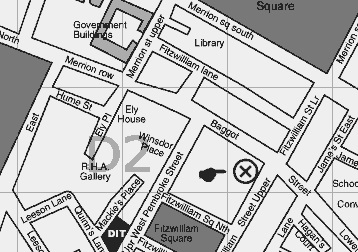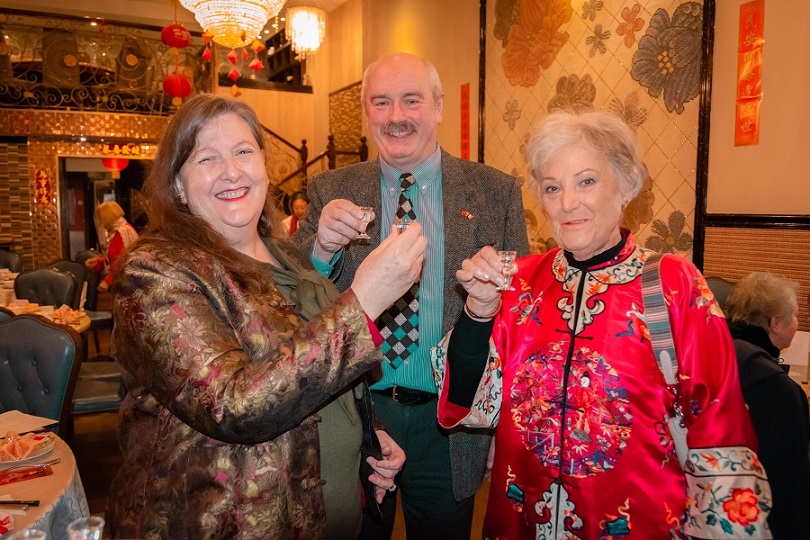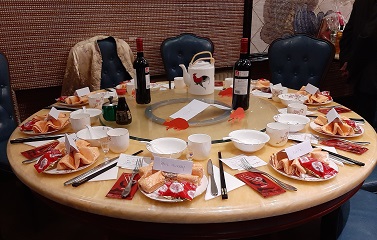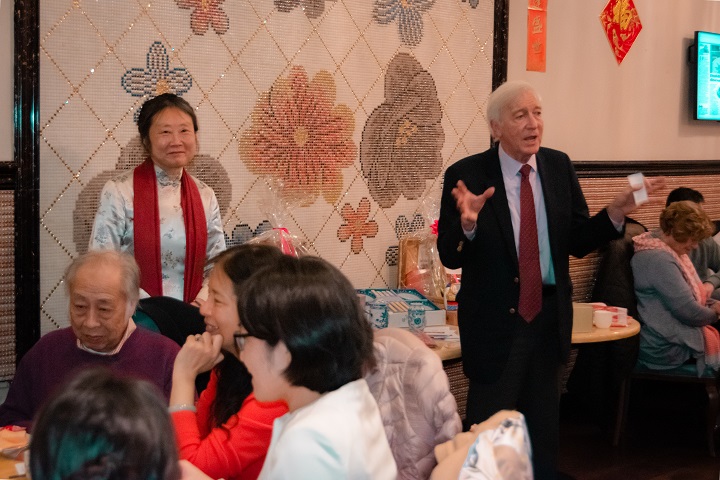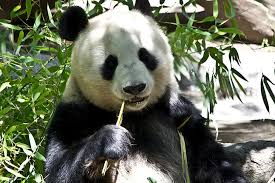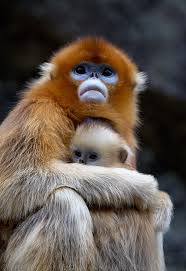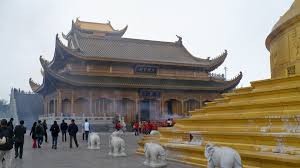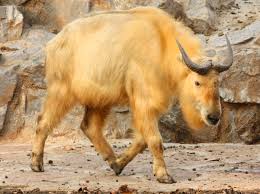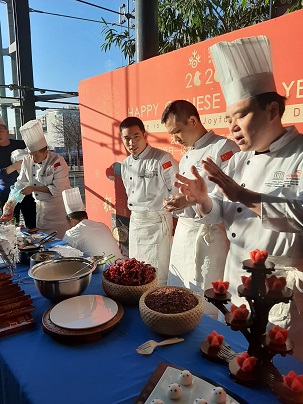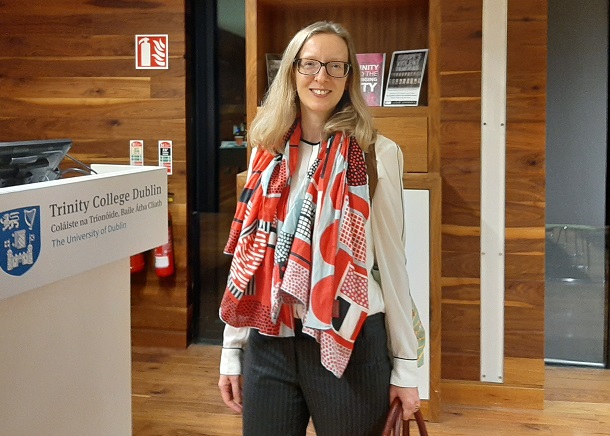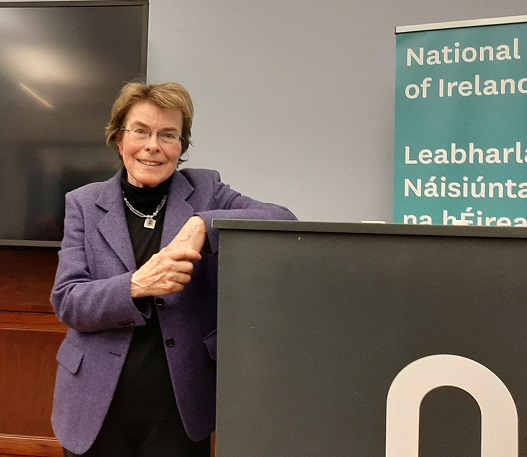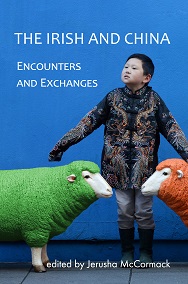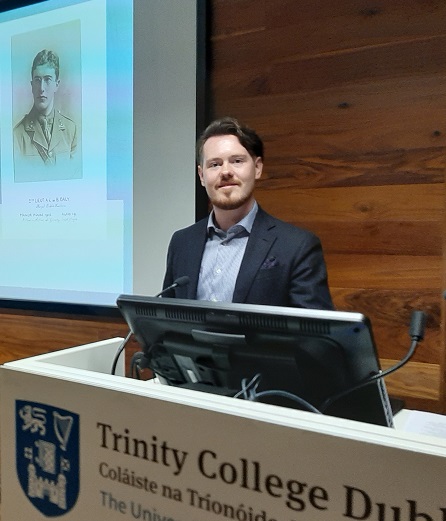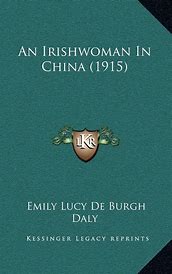Prior to the Covid 19 shut down there
was time to take in some of the many interesting talks
organised for the Chinese New Year by the Trinity Centre
for Asian Studies. First up on 28th January in the Neill
Theatre, Trinity Long Room Hub, was Dr Isabella
Jackson’s talk on ‘A Century of Chinese Children:
‘Little Friends’ in a Changing World.’, the term ‘little
friends’ being a direct translation of the charming
Mandarin word for children ‘ xiao pong yu ‘. Isabella is
Principal Investigator on an Irish Research Council
project ‘CHINACHILD: Slave-girls and the Discovery of
Female Childhood in Twentieth-century China.’ Together
with a team of researchers, she is researching how
controversies over keeping unpaid domestic servants
(binü 婢女 or mui tsai) reflect changing and expanding
conceptions of Chinese childhood.

For all children Chinese New Year is an exciting time.
They can expect to receive new clothes, red ‘hong bao’
envelopes filled with money, as well as enjoying time
off school and consuming plenty of delicious food. They
are also typically doted on by their families as they
are usually the only child and grandchild. However, up
until relatively recently, the notion of childhood as a
time of innocence, when children have the freedom to
learn and develop without the constraints of work
duties, was a privilege reserved almost exclusively for
the offspring of the elite in society … and for boys.
The daughters of the poor were excluded. Instead they
were treated as small women, often sold in the same way
that women could be sold by their families as wives,
concubines, or the aforementioned mui tsai/binü. A
redefinition of the nature and scope of childhood to
include female children was, therefore, a very necessary
one and can only be beneficial for Chinese society into
the future.
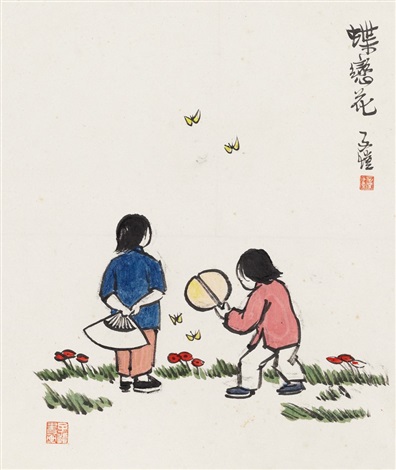
During her talk, Isabella referenced the pioneering work
of the celebrated artist Feng Zikai who had a great
reverence for children and made an important
contribution to this evolving social change in China.
The Shanghai-based artist was to be the subject of
Heather Gray’s talk to the ICCS in March which has had
to be deferred until a time when the society can safely
resume its activities.
6. 4th February 'Ireland through a
Chinese Mirror.' A talk by Prof. Jerusha Mc Cormack.
Jerusha began by reminding us that you can stand in many
cities around the world and find a Chinese takeaway on
one side of the road with an Irish pub on the other.
Both Ireland and China have an extensive diaspora and
both countries have exported elements of their culture
overseas. In comparing them, of course, there is the
difference in size to take into account. While she was
teaching in Beijing Foreign Studies University one of
her colleagues, on hearing that the population of
Ireland would fit comfortably within the confines of the
city of Harbin, remarked that if it was so small it
could only have small problems. If only that were true!
Despite the differences in scale, there is a parallel
narrative in play in the public life of both countries
as they both espouse a narrative of subjugation by
foreign powers and a sense of victimhood which must be
purged by a resurgence of the national spirit. In this
respect The People’s Republic of China has looked to the
Republic of Ireland for inspiration in the past as we
dealt with the Roman Catholic Church and the British
Empire. Jerusha herself has written about the influence
of Terence MacSwiney on the Chinese poet Guo Moruo and,
on this occasion, she mentioned the Irish writer Ethel
Voynich whose novel ‘The Gadfly’ had the nature of a
true revolutionary as its central theme and sold well
over 2 million copies in China and the U.S.S.R.
Another significant figure mentioned by Jerusha is
Joseph Needham, the eminent British biochemist,
historian and sinologist who has written extensively
about the relationship between Chinese innovation and
strict government control.
In essence, this was another opportunity to benefit from
Jerusha Mc Cormack’s cross-cultural, comparative
scholarship focused on Ireland, the West in general, and
the People’s Republic of China. Along with her
colleague, Professor John Blair, she is engaged in
important intellectual groundwork in supplying us with a
template for improving relations between East and West
by fostering a better understanding of the principles
underpinning our mutual differences.
The Chinese mirror in the title of her talk is no
ordinary mirror. If you look into it and see China from
a purely Western perspective it will reflect back a
defective version of what we conceive society should be
but if you look into it and see China, armed with an
understanding of the mindset and value system
underpinning that society, then you will see the
People’s Republic in its own terms, as it understands
itself to be. This understanding can help us to be less
judgemental and bring the essential characteristics of
our own society into sharper focus as well.
Jerusha’s talks always give pointers to areas it would
be interesting to investigate further. In 1318, the
Irish Franciscan friar and explorer James of Ireland
accompanied Friar Odoric of Pordenone to the Far East,
thus becoming the first Irish person to visit China.
Fast forward to 1924 and we have the initiative known as
The Maynooth Mission to China. This project was
overtaken by the terrible flood in Wuhan in 1931 and the
Columban Sisters working there had to prioritise giving
medical help over the provision of spiritual succour,
‘They came to save souls but ended up saving lives.’
Both of these topics are discussed by Hugh Mc Mahon in
the book of essays edited by Jerusha ‘The Irish and
China Encounters and Exchanges.’This publication by New
Island Books is a welcome addition to the resources
available to those of us who wish to expand our
knowledge of an endlessly fascinating, evolving and
complex field of study.
7. 18th February ‘From Roscommon
to China: Emily de Burgh Daly and Irish Professional
Networks in 19th Century East Asia.’ A talk by Dr.
Loughlin Sweeney. .
A fascinating talk from Loughlin Sweeney of Endicott
College with an intriguing title. Emily French went to
work as a nurse in Ningbo in China in 1888, following
her medical training in London and was to remain in the
country for the next twenty-six years, marrying an Irish
doctor, Charles de Burgh Daly, and raising two children
there. She was the sister of the song writer Percy
French and became an author herself when she published
her memoirs, An Irishwoman in China, in which she
described the customs and people of China, and the
lifestyle of Europeans living there.
We learnt that her husband, Dr. de Burgh Daly, was later
to acquire the distinction of having survived a shot
which was fired at him by Countess Markiewicz during the
1916 Uprising! Emily was one of many Irish professionals
who lived and worked in China in this period, serving
the interests of British informal empire in treaty
ports, customs posts, and commercial concessions.
Dr. Sweeney’s talk gave us an insight into the personal
and occupational networks that tied this distant Irish
community together and explored the motivations which
attracted Irish professionals to China, particularly
their self-identification as empire builders. It is,
perhaps, an aspect of Irish identity that we need to
engage with a bit more. As an instance of this, I had
never heard of Empire Day, the yearly celebration of the
British Empire which was discontinued in 1958 and was
surprised to discover that it was founded by the 12th
Earl of Meath, Reginald Brabazon, whose family seat is
in Killruddery in Bray.
Loughlin’s entertaining article on the Irish Diaspora
Histories Network makes clear the scale of this Irish
involvement in 19th Century China as he imagines the
journey of an Irishman to Shanghai in the 1880s and
introduces us to all the Irishmen in professions as
diverse as doctor to policeman that such a traveller
would have been likely to meet. His research will be
featured in the upcoming book "Imagining Irish Futures",
currently forthcoming from Liverpool University Press.
8. 2020 Autumn Programme.
It is not yet possible to make arrangements
for this year's Autumn Programme. Members will
be informed of developments as soon as possible.
Email: irishchineseculturalsociety@gmail.com
Website: www.ucd.ie/iccs
* * * * * * * * * *


